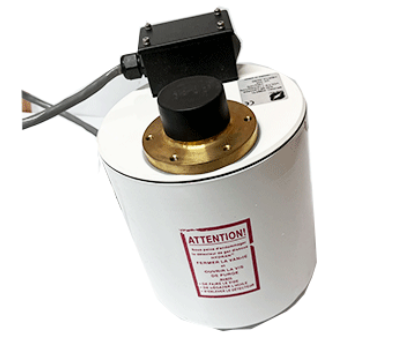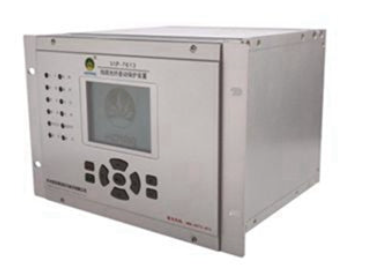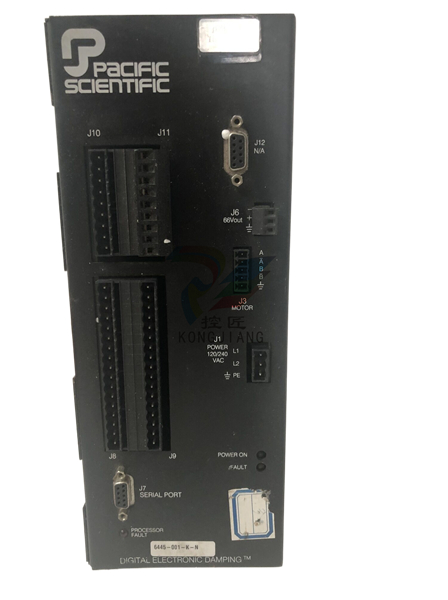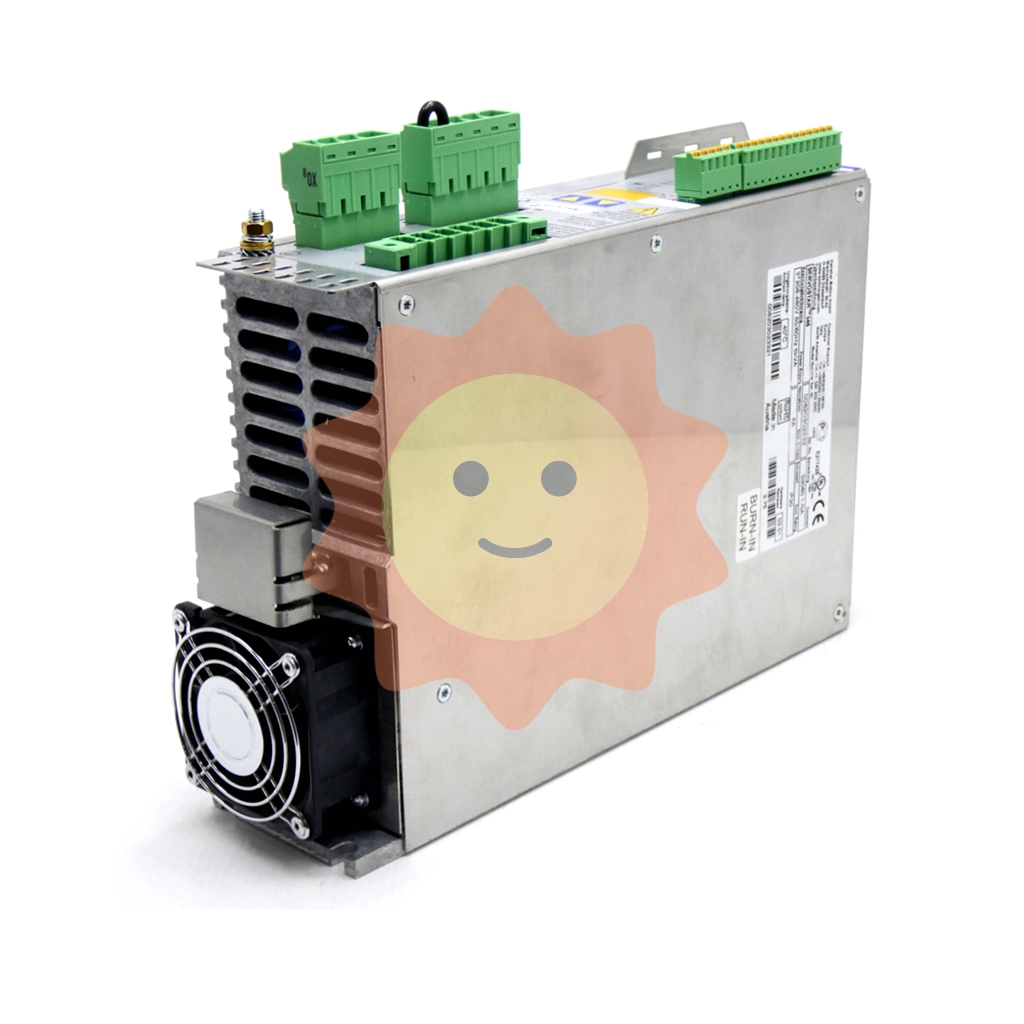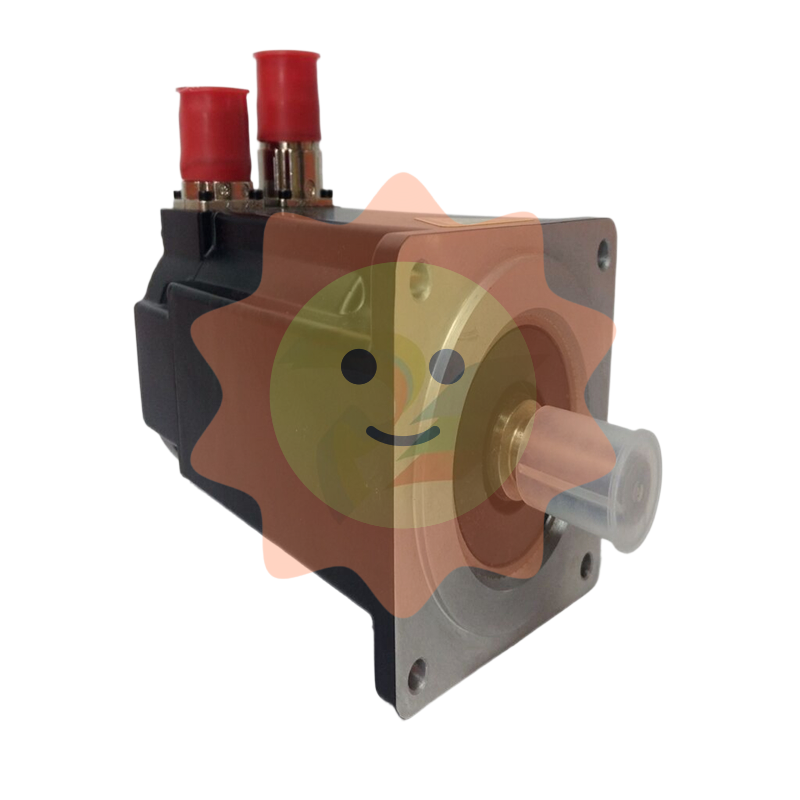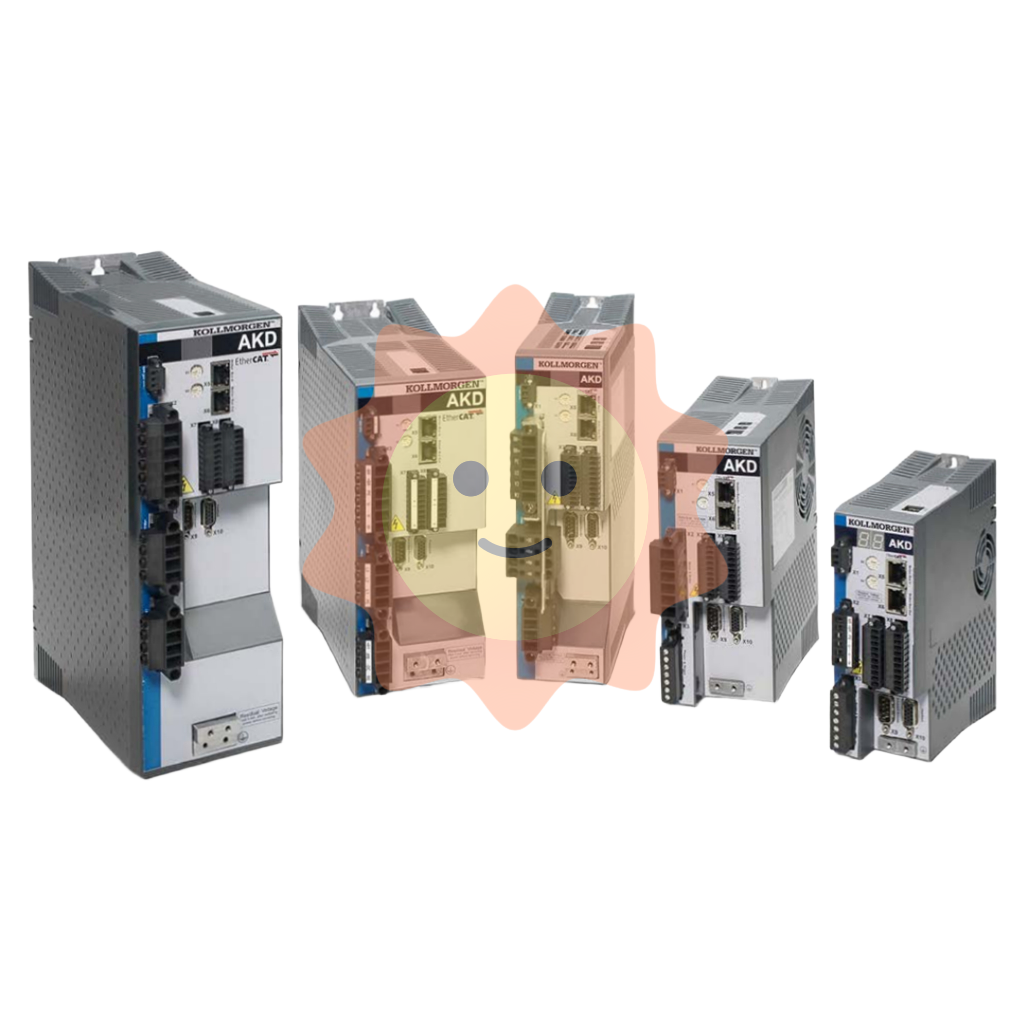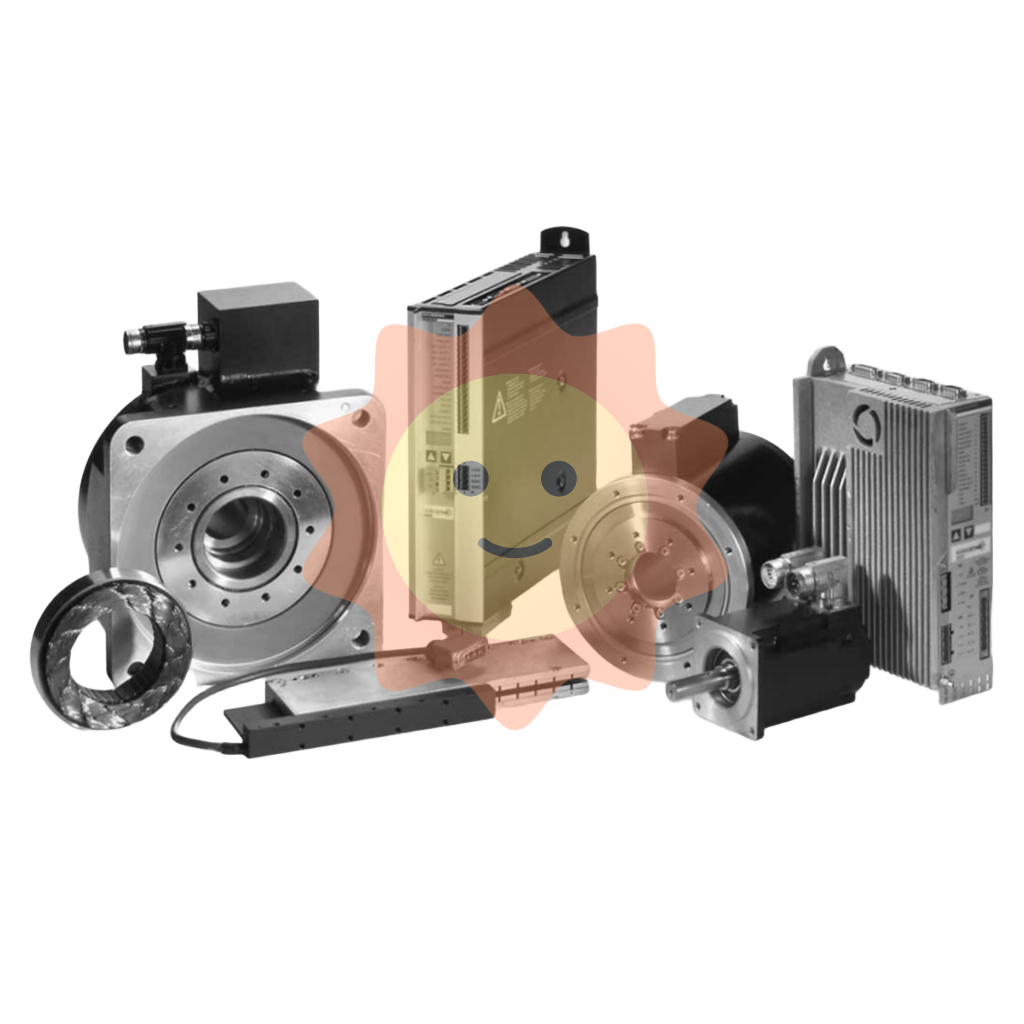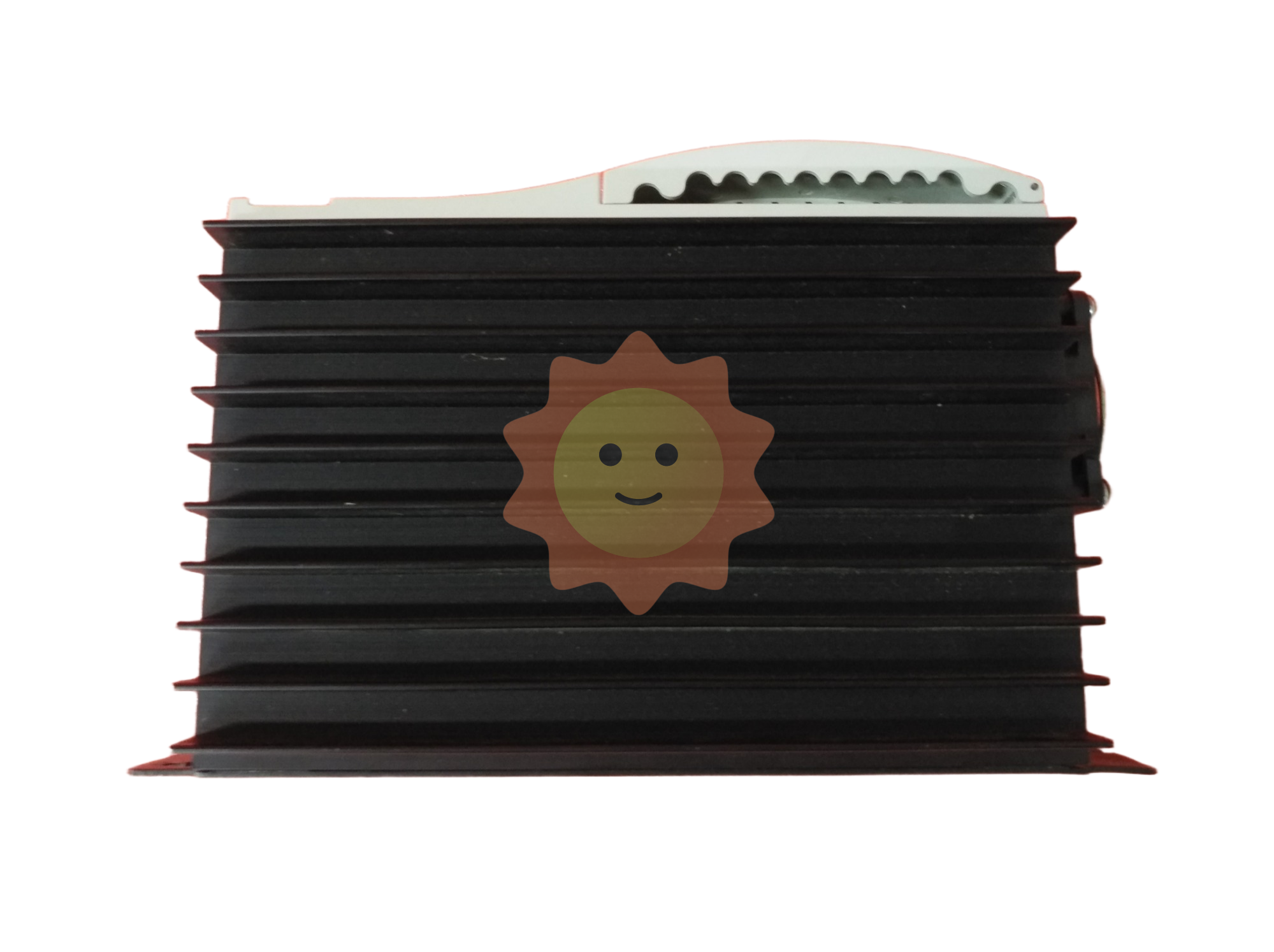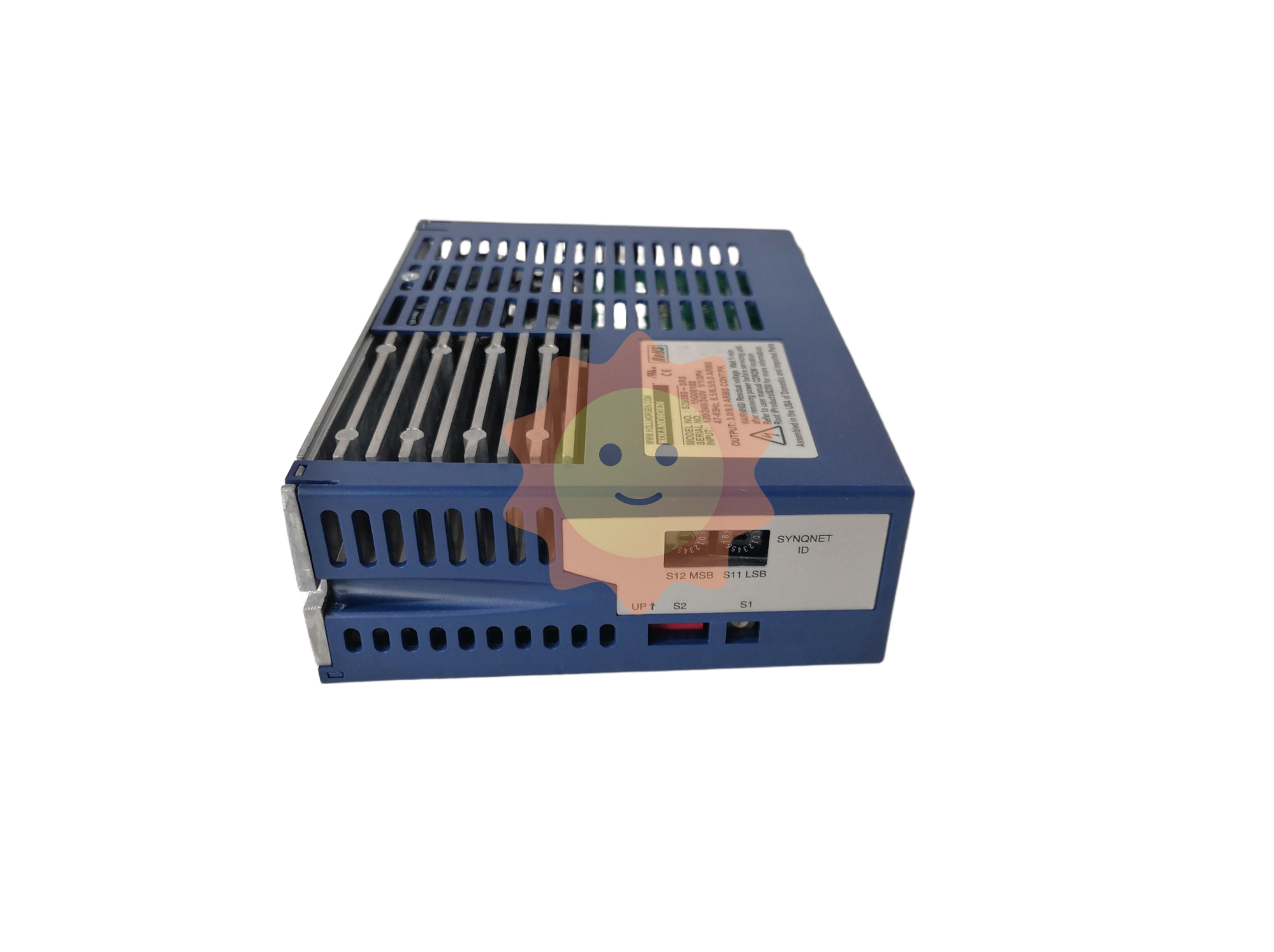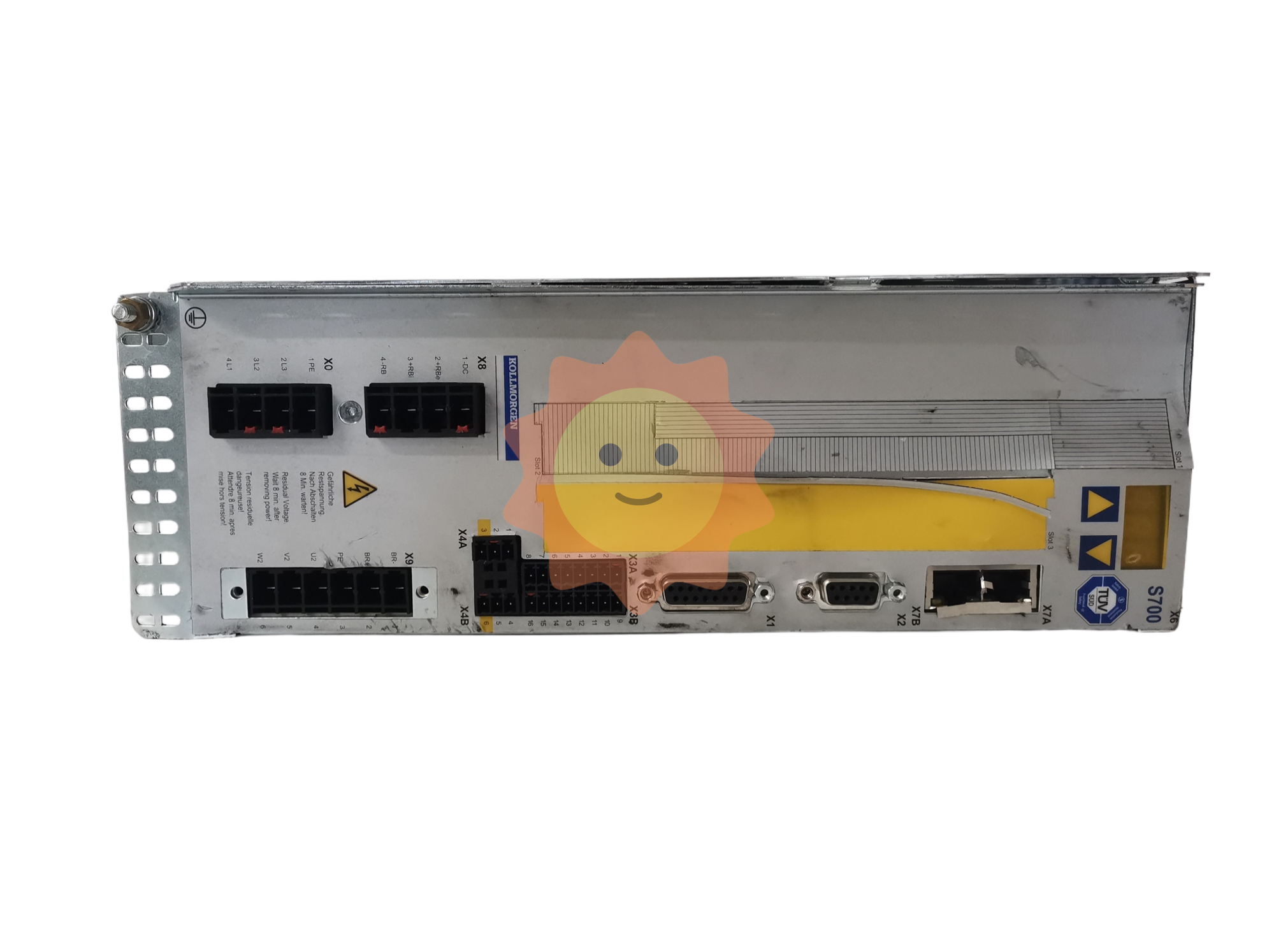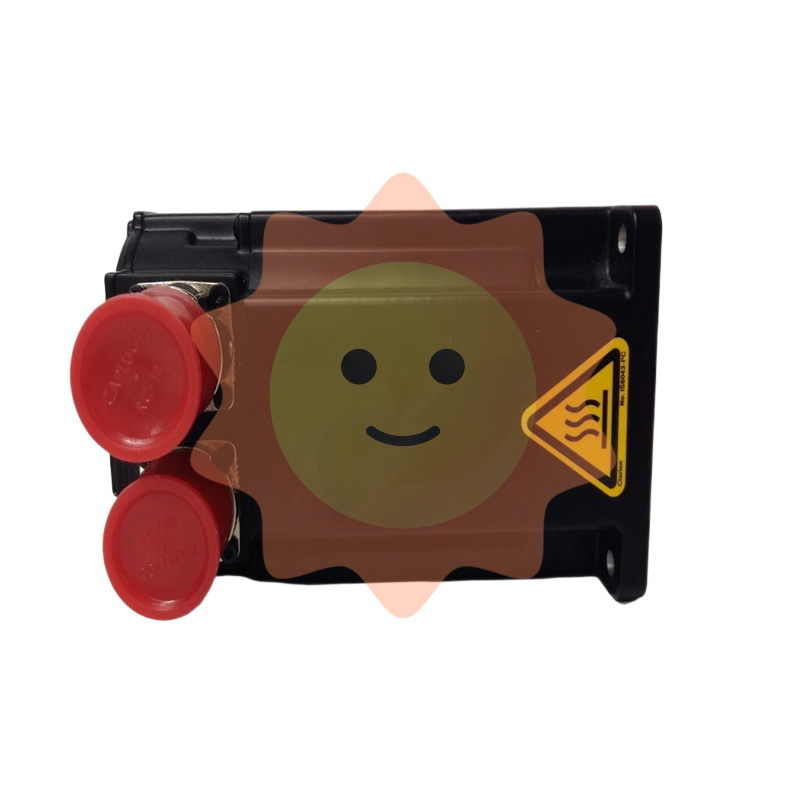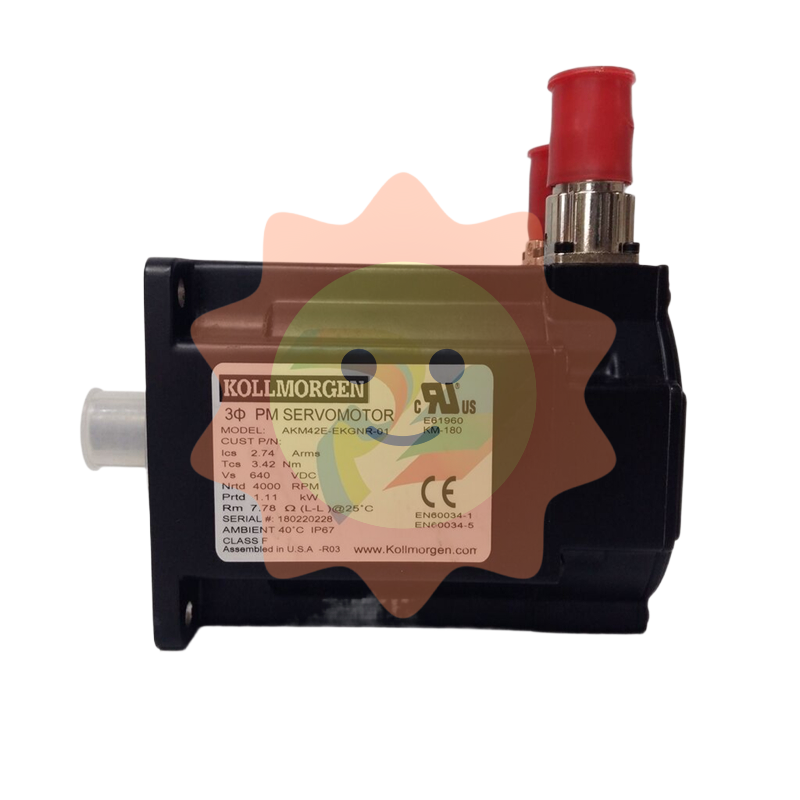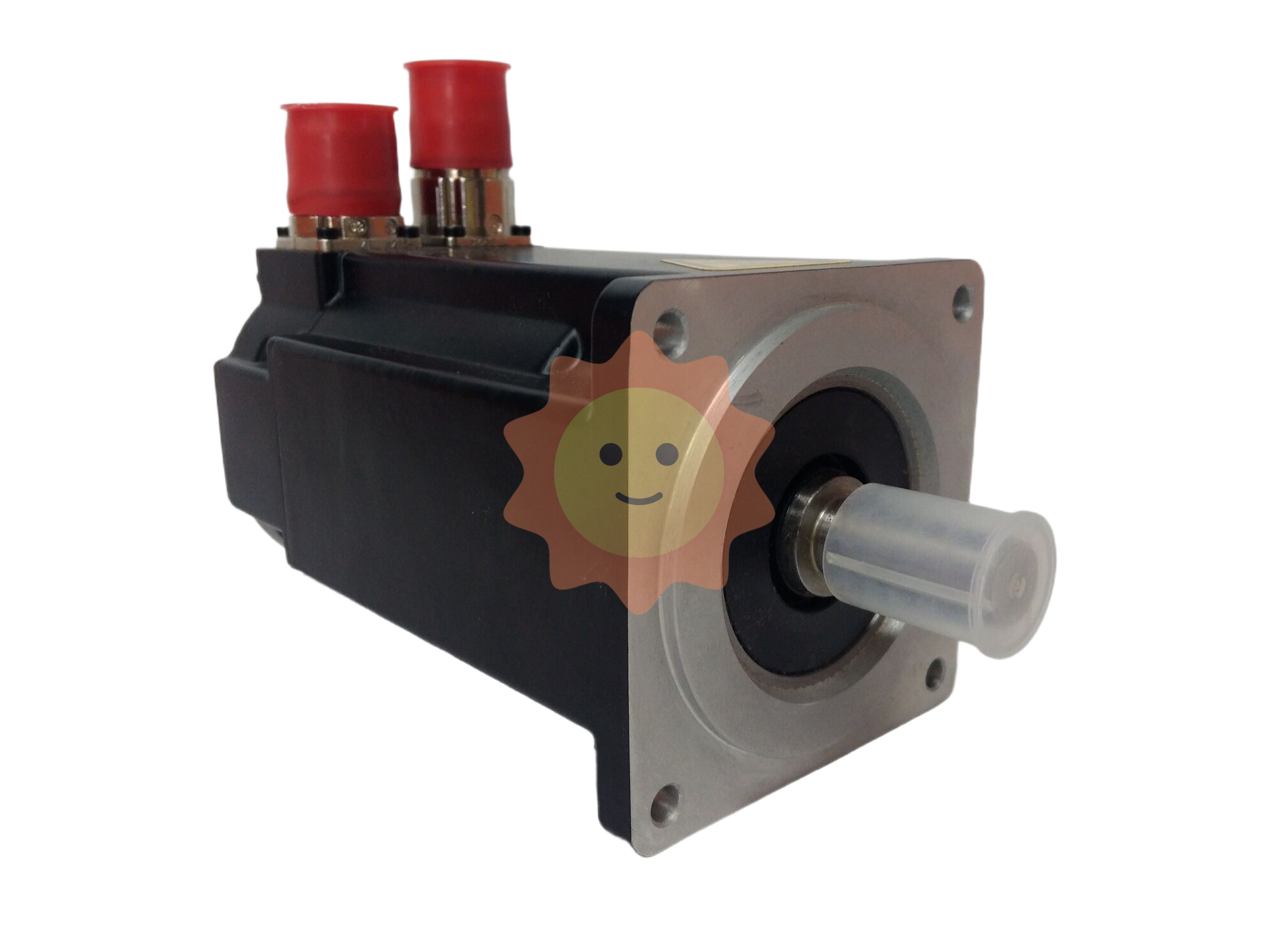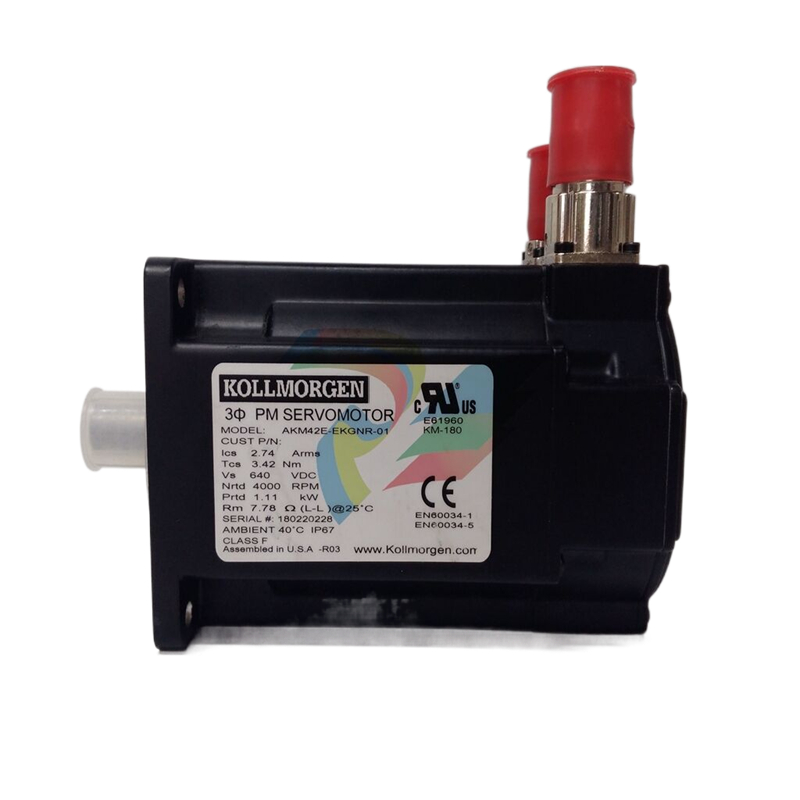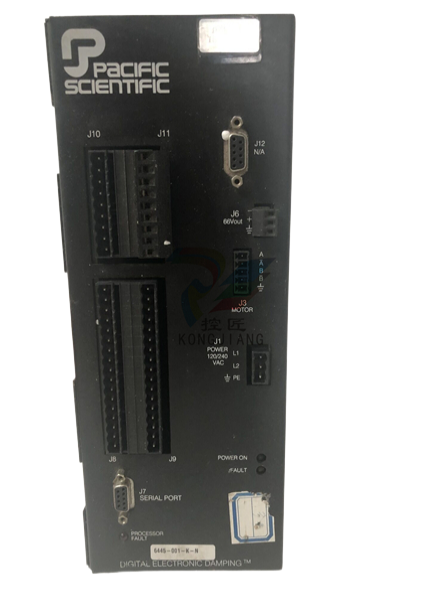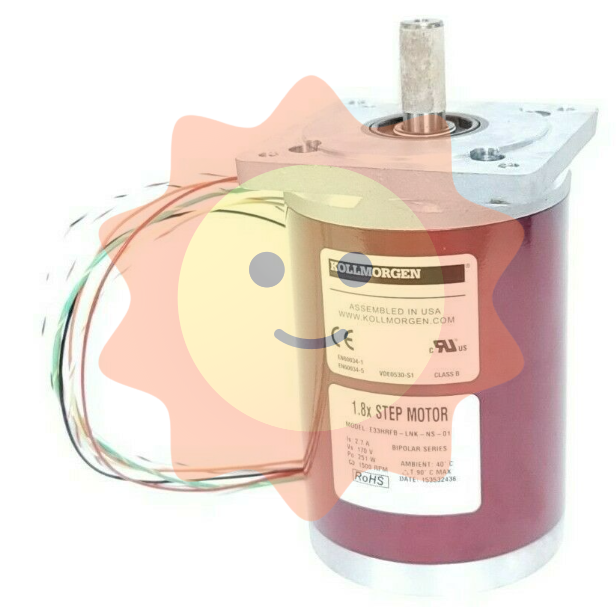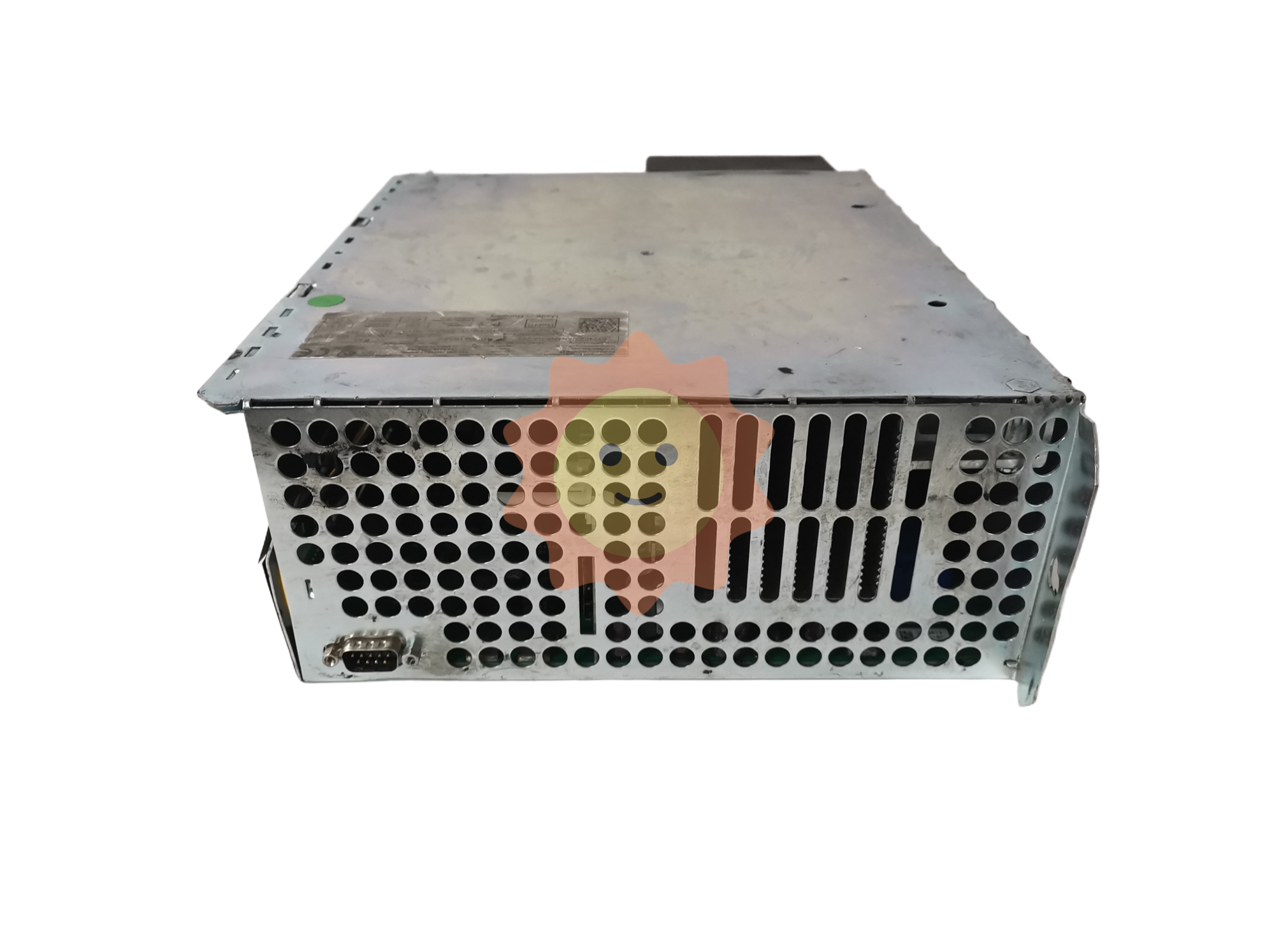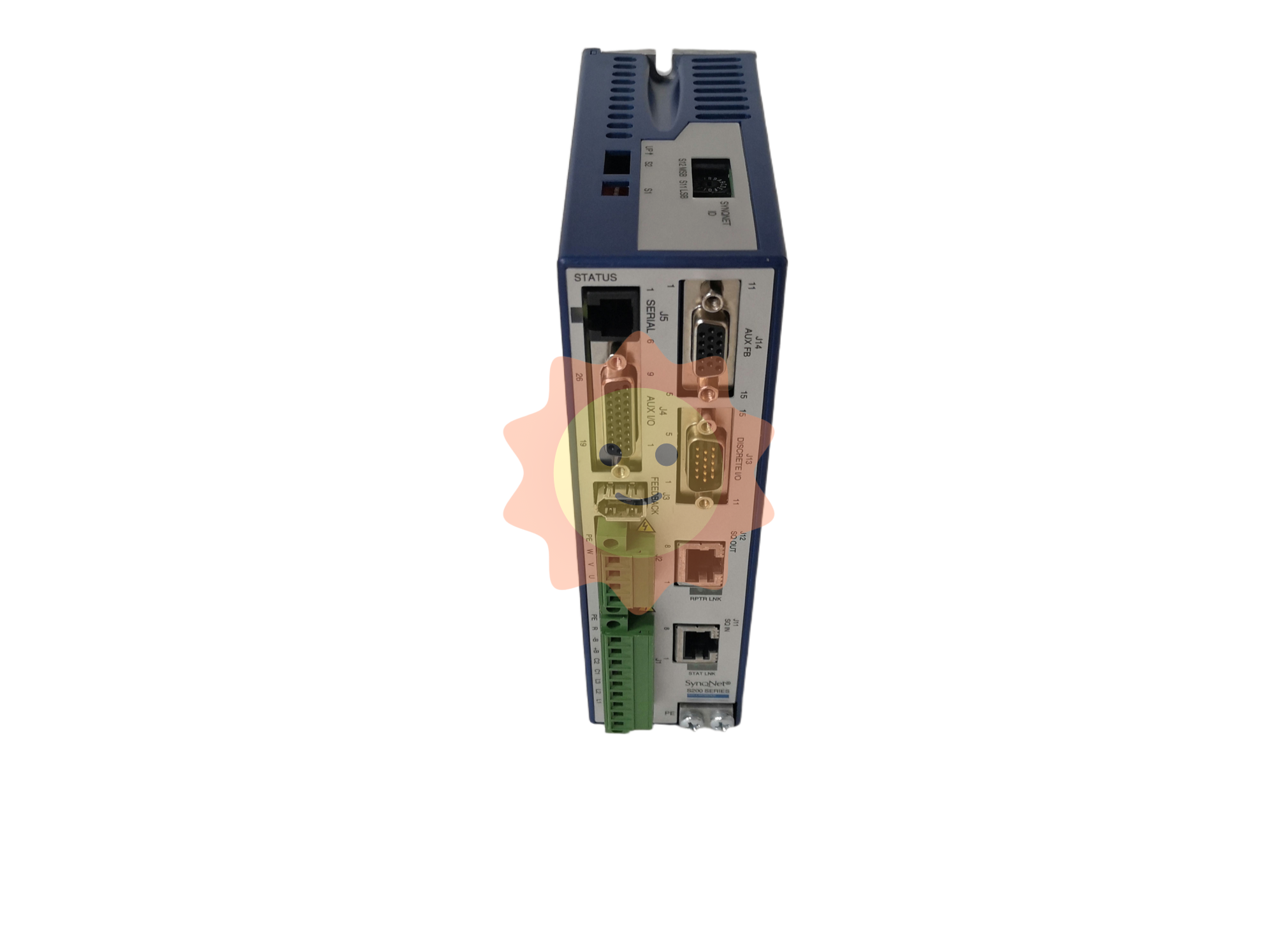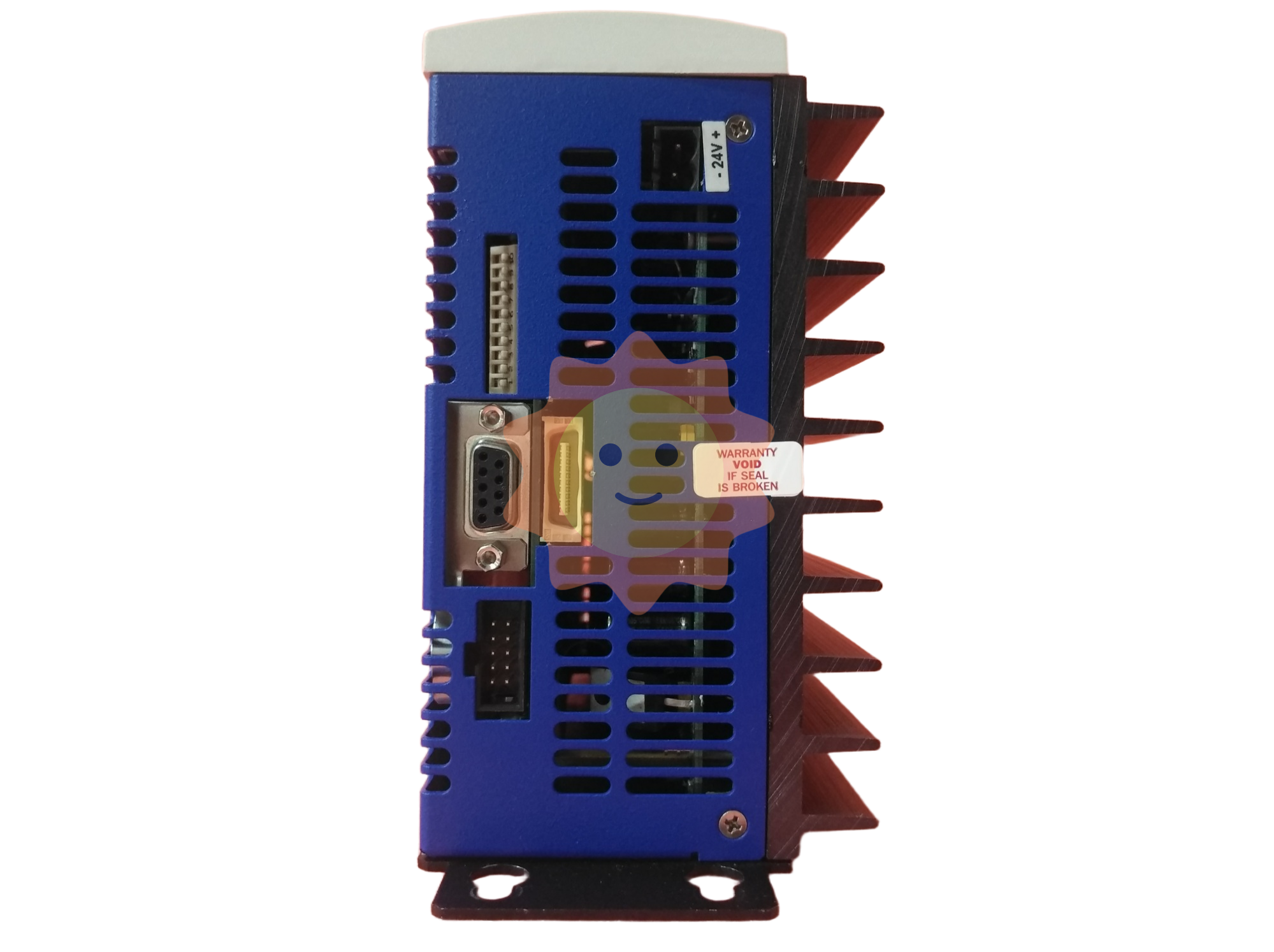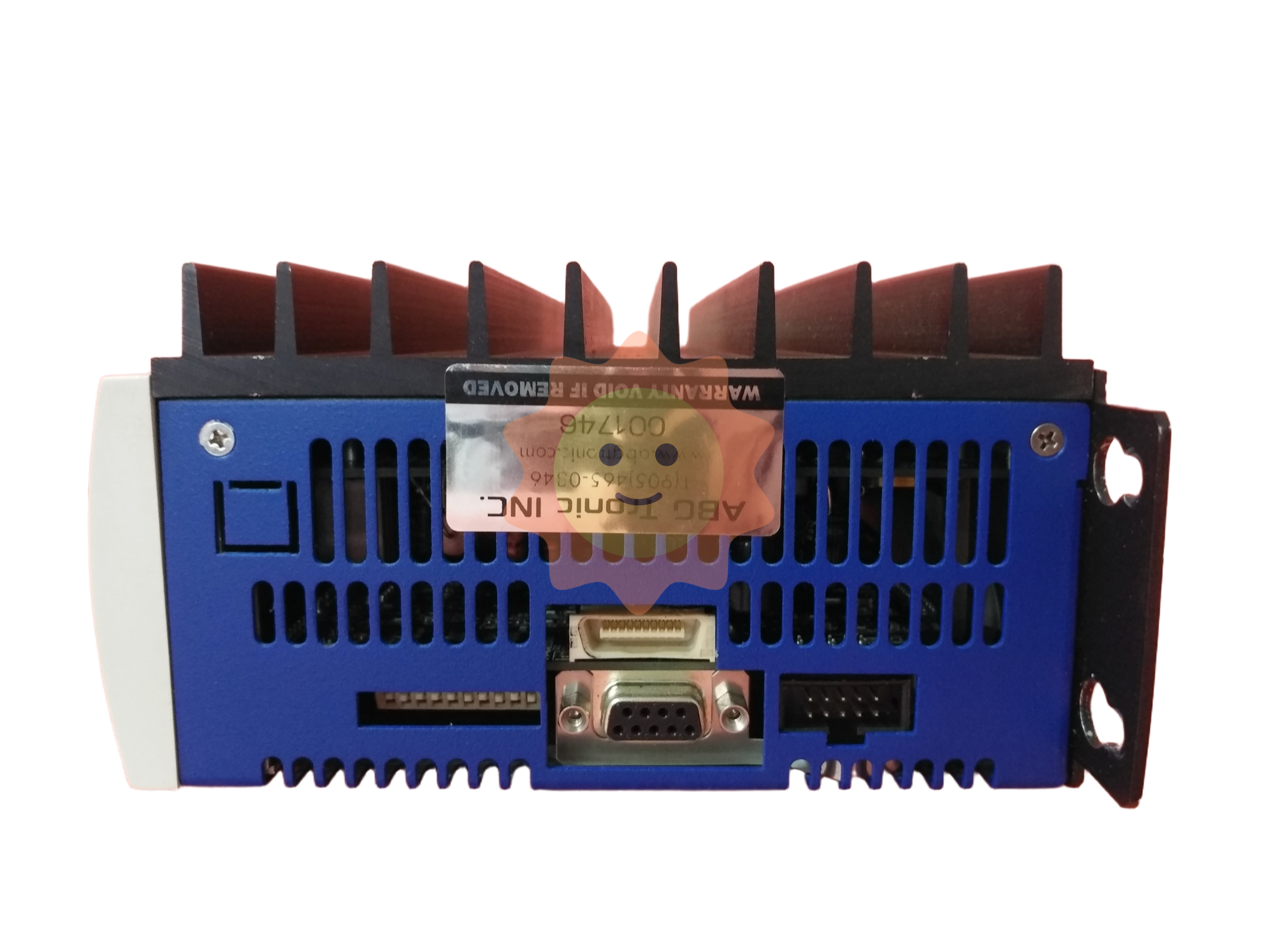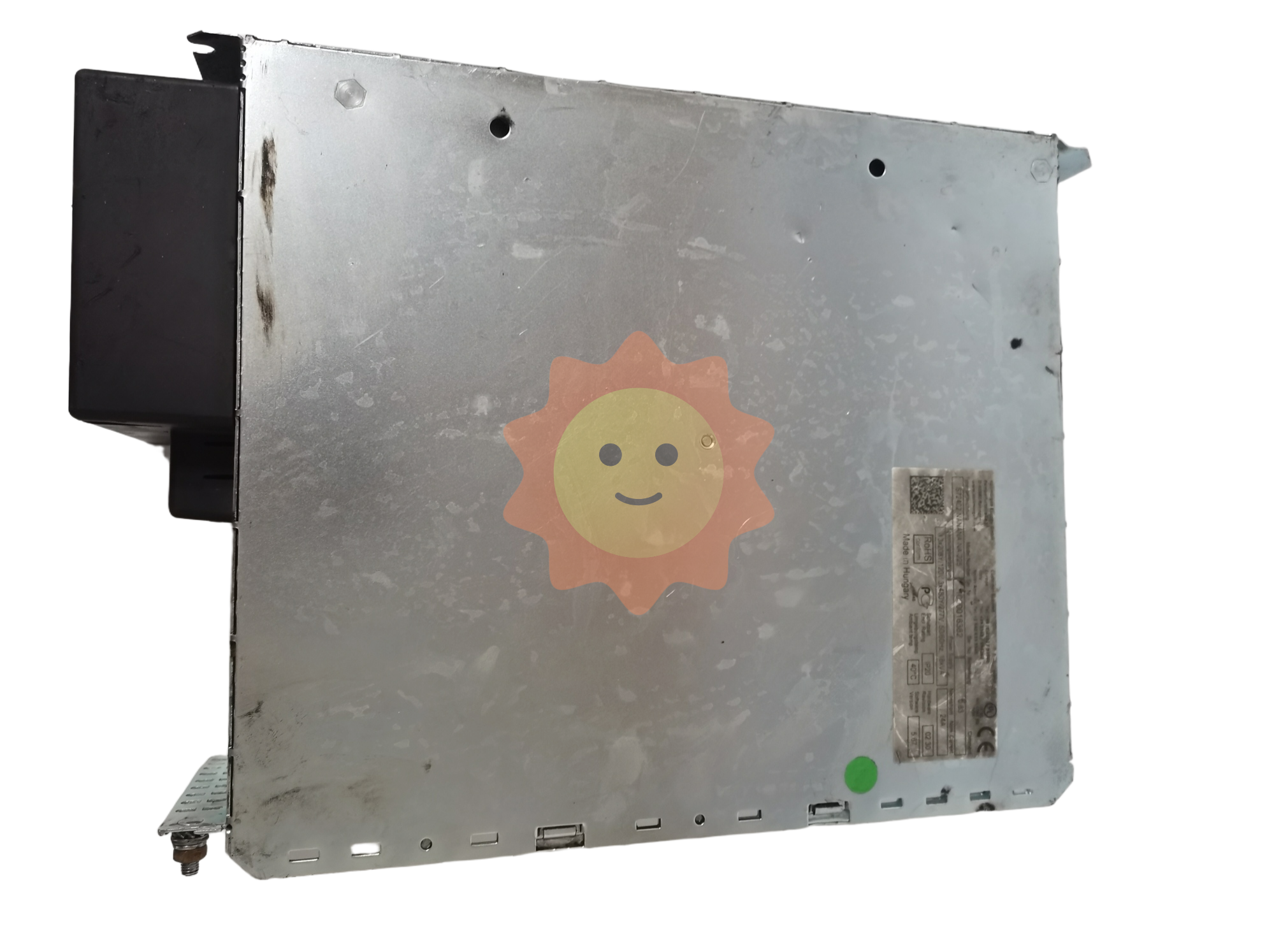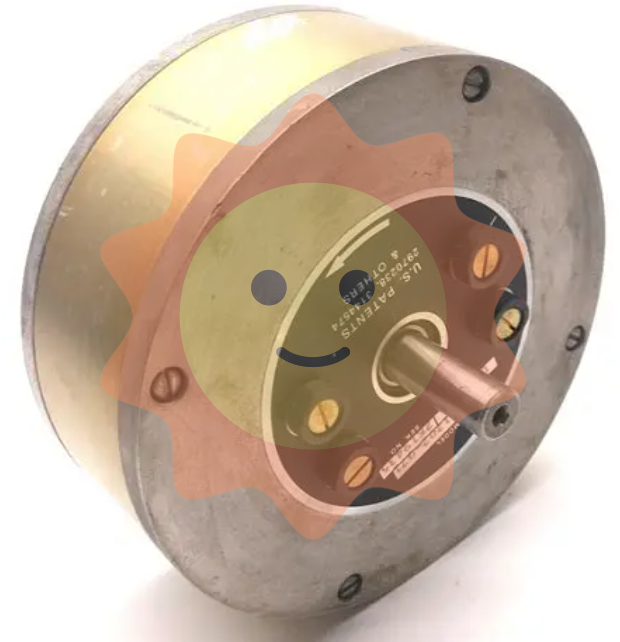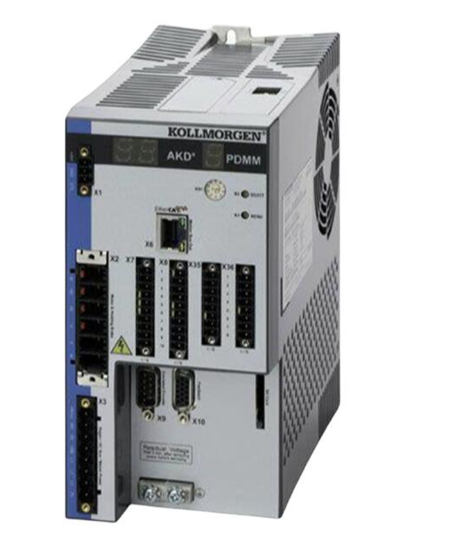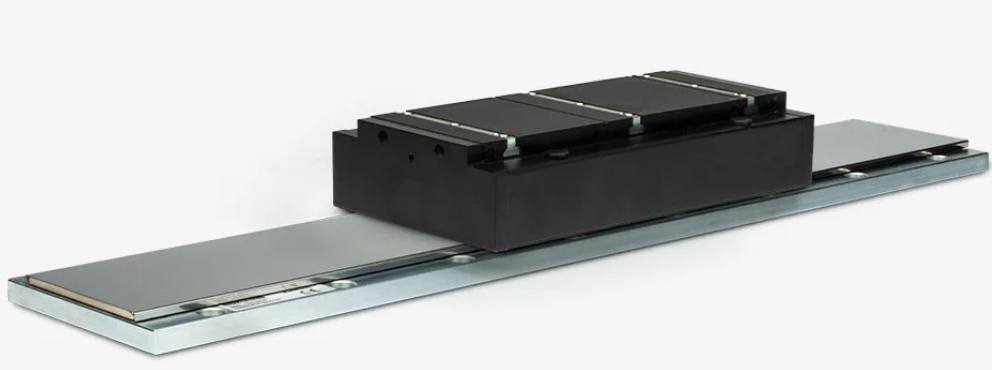The past life, this life and future of nursing robots
Among the countries in the forefront of the development of service robots, mainly represented by developed countries such as the United States and Japan.
These countries introduced relevant policies as early as around 2006, and tilted funds, research, policies and other resources to the field of service robots. Later, it also continued to provide support funds for the service robot industry to promote industrial development.
Japan, in particular, has an aging population and a shortage of 400,000 care workers. The Ministry of Economy, Trade and Industry estimates that the market for nursing robots in Japan will expand 20-fold between 2015 and 2025, and the government is devoting one-third of the government budget to the development of nursing robots.
According to the information released by the Industrial Technology Research Institute of the National Research and Development Corporation, the nursing robot is mainly divided into six types: mobile assistance, mobile support, excretion support, care/communication, bath support, and nursing business support.

The scope of care not only covers elderly care institutions and disabled elderly people, but also extends to family care and other elderly people, providing the elderly with more autonomy in their daily activities and improving their quality of life.
Driven by policies, Japanese people have a high degree of acceptance of robots, and relevant large enterprises have a good degree of technological maturity and market promotion effect in elderly care service robots.
Japan has more research and development results for nursing robots and companion robots, especially large enterprises such as Panasonic and NEC will set up a senior division to conduct research and development and sales of related products.
|| China elderly care robot market scan: Enterprise type/venture capital/research and development/development difficulties
Ageclub found 72 robot-related companies through statistics on major robot portals and corporate information platforms such as Qiacha.
It can be seen that since 2015, all parties have seen the business opportunities of pension robots, and have invested in the field of pension robots. Many researchers/entrepreneurs with relevant research and development experience in foreign countries and backed by major research institutions have joined the elderly service robot industry, which has also laid the technical foundation for the development of domestic robots.
It can be seen that most of the companies at this stage are mainly rehabilitation medical equipment, focusing on solving the physical recovery problems of semi-disabled patients.
In the business scope, there are 41 companies with rehabilitation robots, 12 nursing robots, 14 companion robots, and 5 large robot companies similar to Siasun have developed more elderly robot products, spanning 2-3 fields.
According to our summary of the information of various enterprises, the current companies entering the field of elderly care service robots are mainly divided into three categories:
1. Rehabilitation robot
Due to the successful precedent of foreign rehabilitation robot enterprises and the huge gap in domestic rehabilitation machinery and equipment, many entrepreneurs enter the elderly disability industry from the field of rehabilitation robots.
According to statistics, most of the 41 rehabilitation robot companies were founded 14 years later, some companies expanded their business scope from other industries, and some companies saw the success of foreign rehabilitation robots and began to start businesses in related fields in China.
It can be seen that the number of ordinary rehabilitation robot companies was the largest around 2015, and the entrepreneurial boom on exoskeleton robots began to rise gradually from 2014.
A total of 22 companies in this field have obtained financing, most of the companies have obtained PreA, series A financing, the most of the companies have obtained financing in 2017-2019, and most of the companies have obtained financing amounts in the tens of millions.
2. Care robots
We found that there are currently 10 companies that focus on nursing robots, and most of the domestic nursing robot companies are mainly focused on solving the problem of excretion of disabled elderly people.
The product is mainly in the form of intelligent integrated nursing bed, which concentrates the nursing bed, electric wheelchair and displacement function on a robot to reduce the risk of falling accidents during the transfer process.
The registered capital of most enterprises is relatively high, and only one of the statistical enterprises has been financed.
3. Accompany the robot
In our country, enterprises that accompany the layout of robots are mainly based on pan-population products and children's early education products, but for the elderly, this special group, it is still only a few sporadic attempts.
The practice of some enterprises is to mix the functions of children's early education products and elderly companionship products, and add a small number of elderly interest-related functions (opera, broadcasting, etc.) to the original system. There are many such companionship products sold in e-commerce channels.
- EMERSON
- Honeywell
- CTI
- Rolls-Royce
- General Electric
- Woodward
- Yaskawa
- xYCOM
- Motorola
- Siemens
- Rockwell
- ABB
- B&R
- HIMA
- Construction site
- electricity
- Automobile market
- PLC
- DCS
- Motor drivers
- VSD
- Implications
- cement
- CO2
- CEM
- methane
- Artificial intelligence
- Titanic
- Solar energy
- Hydrogen fuel cell
- Hydrogen and fuel cells
- Hydrogen and oxygen fuel cells
- tyre
- Chemical fiber
- dynamo
- corpuscle
- Pulp and paper
- printing
- fossil
- FANUC
- Food and beverage
- Life science
- Sewage treatment
- Personal care
- electricity
- boats
- infrastructure
- Automobile industry
- metallurgy
- Nuclear power generation
- Geothermal power generation
- Water and wastewater
- Infrastructure construction
- Mine hazard
- steel
- papermaking
- Natural gas industry
- Infrastructure construction
- Power and energy
- Rubber and plastic
- Renewable energy
- pharmacy
- mining
- Plastic industry
- Schneider
- Kongsberg
- NI
- Wind energy
- International petroleum
- International new energy network
- gas
- WATLOW
- ProSoft
- SEW
- wind
- ADVANCED
- Reliance
- YOKOGAWA
- TRICONEX
- FOXBORO
- METSO
- MAN
- Advantest
- ADVANCED
- ALSTOM
- Control Wave
- AB
- AMAT
- STUDER
- KONGSBERG
- MOTOROLA
- DANAHER MOTION
- Bently
- Galil
- EATON
- MOLEX
- Triconex
- DEIF
- B&W
- ZYGO
- Aerotech
- DANFOSS
- KOLLMORGEN
- Beijer
- Endress+Hauser
- MOOG


Email:wang@kongjiangauto.com

